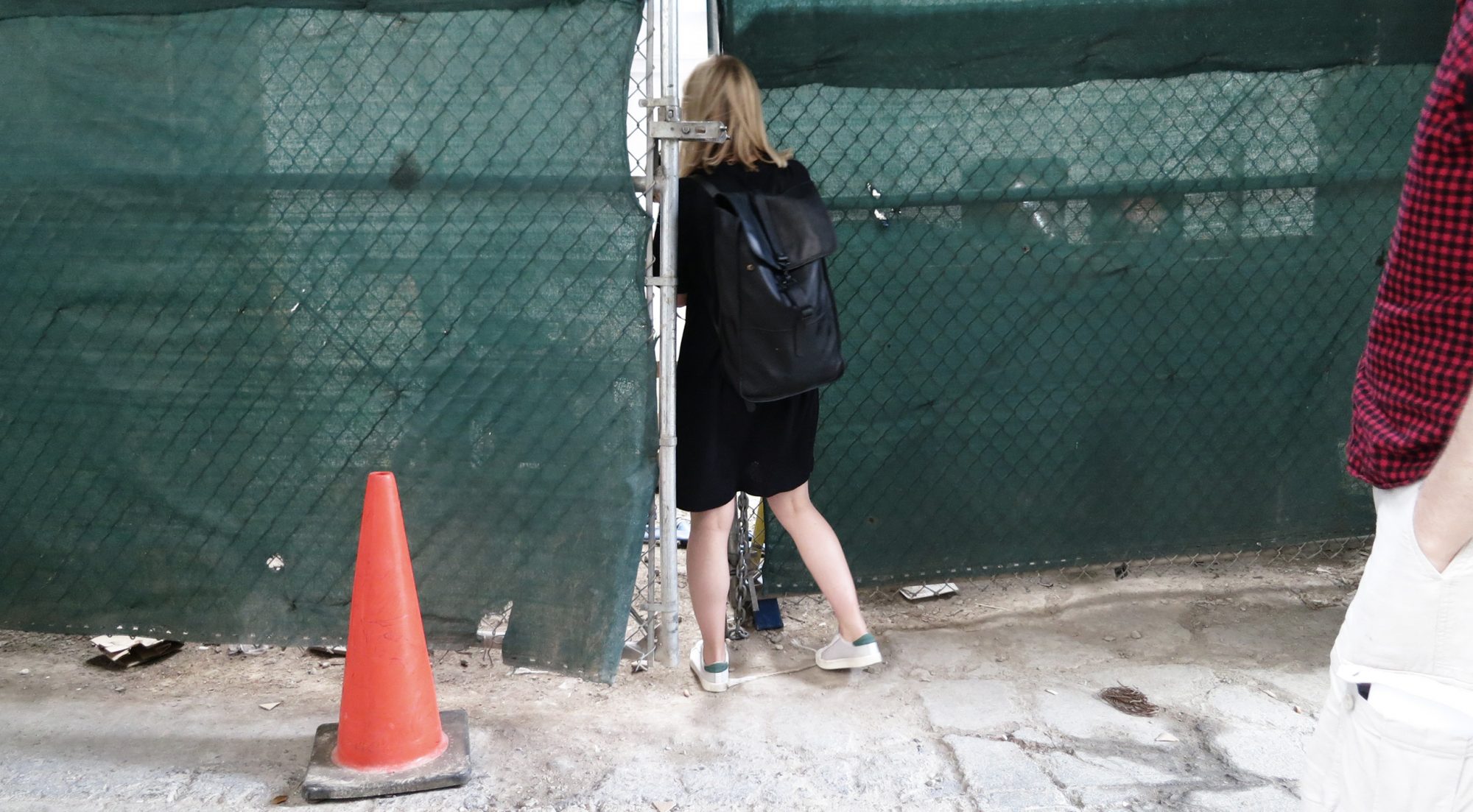
Scrappy and Courageous
Words by Alec Dudson
“Will I get a job with this qualification?” it’s a question that would-be students around the world are having to engage with far more seriously these days. In a climate where graduates can often find themselves “under qualified” when entering a lob-sided jobs market, the number of institutions and programmes that can confidently point to proven track records are on the decline.
We proudly partner with a number of institutions who are determined to buck that trend and one with a seriously impressive line-up of graduates in coveted positions is the School of Visual Arts in NYC. SVA’s renowned ‘DCrit’ course first appeared on my radar in 2012 when the person who gave me my first ever internship in the world of publishing, Vera Sacchetti, then web editor of Domus, told me about her time there.
Design Research, Writing and Criticism started life as a two-year MA programme but last academic year, switched to a single year format with the goal of being viable for working professionals. I’ve long been intrigued by the pride with which alumni talk about their time at Design Research, or ‘DCrit’ to use their favoured term, and the close relationship that they continue to have with the faculty and their ex-classmates. Our collaboration on Issue Four of intern has given me the perfect opportunity to answer a few of those questions for myself, and in doing so help the programme to reach a wider audience.

The ‘Vital Signs’ DCrit Thesis Ideas Festival last May
Curious to uncover just what it is about DCrit that makes it so successful, I contacted three alumni whose careers are at an enviably exciting stage. Long-term readers of intern will know Anne Quito from our second issue, in which she interviewed Jessica Walsh. Anne now works for Quartz, reporting primarily on design and architecture, but prior to signing up for the course, could have never imagined being a journalist. “I’d reached an impasse in my job as a graphic designer” she told me, explaining that the usual routine of projects had worn thin. Having been attracted to DCrit by the curriculum, the “interdisciplinary purview of design that the program encouraged” and the design idols that the faculty comprised of, Anne found herself confidently embarking on a new chapter of her career.
She describes the programme’s approach as “scrappy, creative and courageous” in the quest for getting original and accurate stories. In an age where the validity of much of what we read is—quite rightly—being questioned, the value of writing with true integrity can only increase. With tutors like design author Steve Heller, director/producer Adam Harrison Levy and New York Times senior culture reporter Robin Pogrebin underlining the importance of first person encounters, DCrit students do not take shortcuts.

Anne Quito presents at the SVA Theatre in Chelsea, NYC
Indeed, it was the rigorous process of the programme that attracted Avinash Rajagopal to DCrit. At the time of applying Avi was teaching at the National Institute of Design in India. He’d become interested in what it would take to create a critical culture around design in the country, but found many programmes to be arcane and “hopelessly Eurocentric”. In DCrit he saw “a toolkit for the now and the immediate”, one that he envisaged would likely enrich his teaching practice or open up avenues as a researcher or strategist.
As it happened, an internship with Metropolis magazine opened another door and Avi is now senior editor at the publication. He has found opportunities to teach through SVA and the University of Texas and also works with design firms on research and strategy through Supercript, the consultancy founded with Molly Heintz (now DCrit Chair) and the aforementioned Vera Sacchetti. The most valuable element of DCrit for Avi was the faculty’s mentorship “they did all they could to help me and my peers find a footing in the outside world”. From facilitating professional connections, to going above and beyond in giving advice and always being available to help, he is undeniably sincere in telling me that he still idolises many of those staff members.


Left/Above: SVA on West 21st St.
Right/Below: Avinash Rajagopal during his time on the course

Alex Klimoski and Issue Four contributor Lila Allen in discussion at ‘Vital Signs’
It’s a reputation that radiates out from alumni and has a great standing within the design industry. 2016 graduate Ida Benedetto found DCrit held in high regard amongst the editorial and curatorial circles she moves in. A senior experience designer at SYPartners, Ida was keen to improve her writing skills and expected that the course would “help to articulate and amplify” her creative practice. In fact, it acted as a catalyst for a change of direction.
Having found a methodological mismatch when initially presenting her thesis idea, the structure of that element of the course proved over time to be “invaluable”. “It helped me understand what I valued and wanted to push for” she tells me, and that seems to be a unifying factor with DCrit alumni. They emerge from the course totally focussed on their next step. Empowered by a caring, undaunted faculty who rise to the challenge and guide each student in the manner best suited to their aspirations, skills and interests.

This feature is produced in partnership with Design Research, Writing and Criticism at School of Visual Arts in NYC. Written by Alec Dudson. Photographs from the DCrit Flickr pool and subject to Creative Commons licence apart from photo of Ida Benedetto at the 2016 Businessweek Design Conference (above), by Peter Prato. DCrit’s Summer Intensive runs from June 5-16 in NYC and features a seriously impressive faculty line-up, including writer and media critic Virginia Heffernan. Tempted? Click here to apply.

